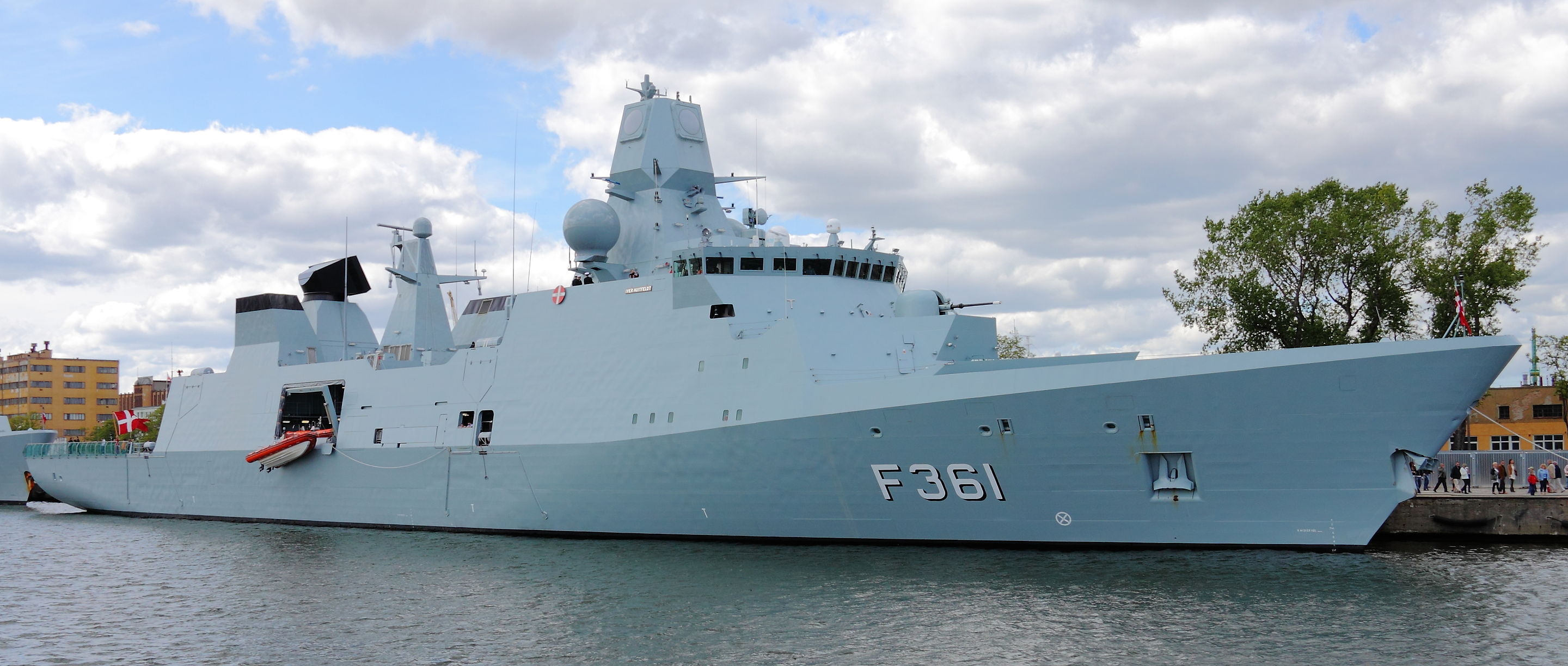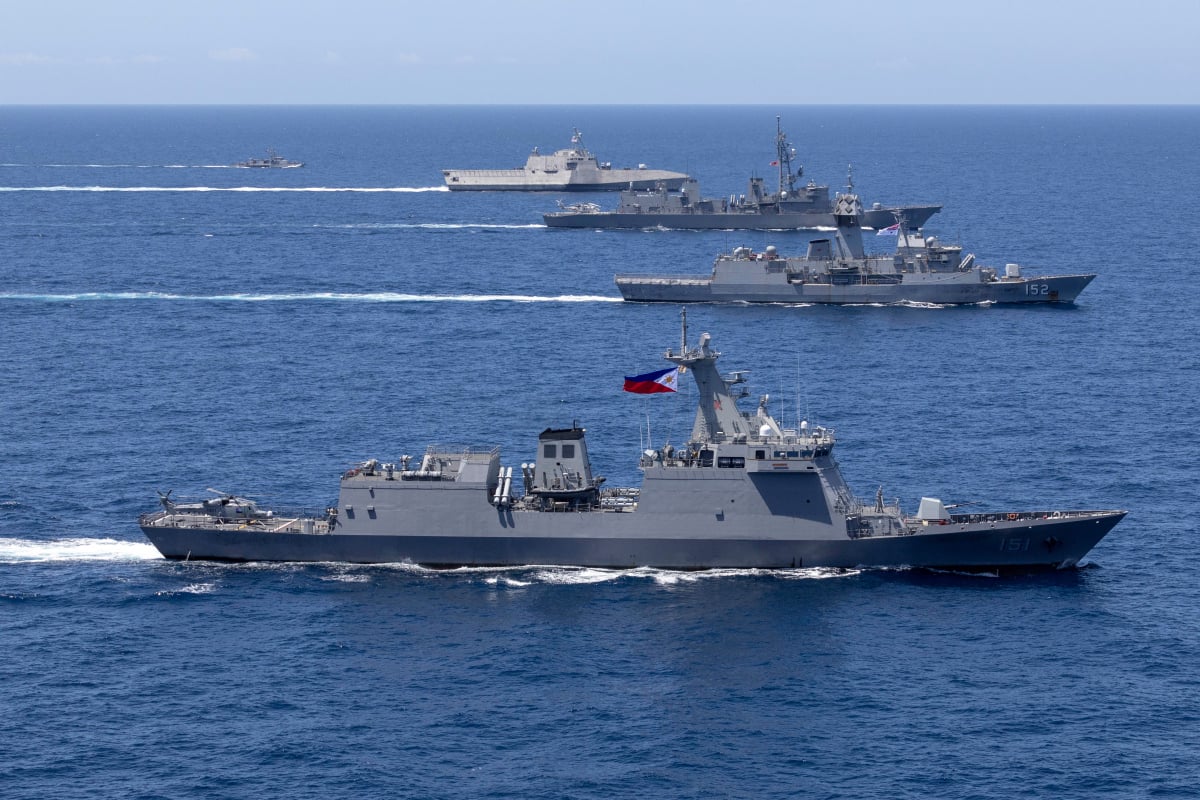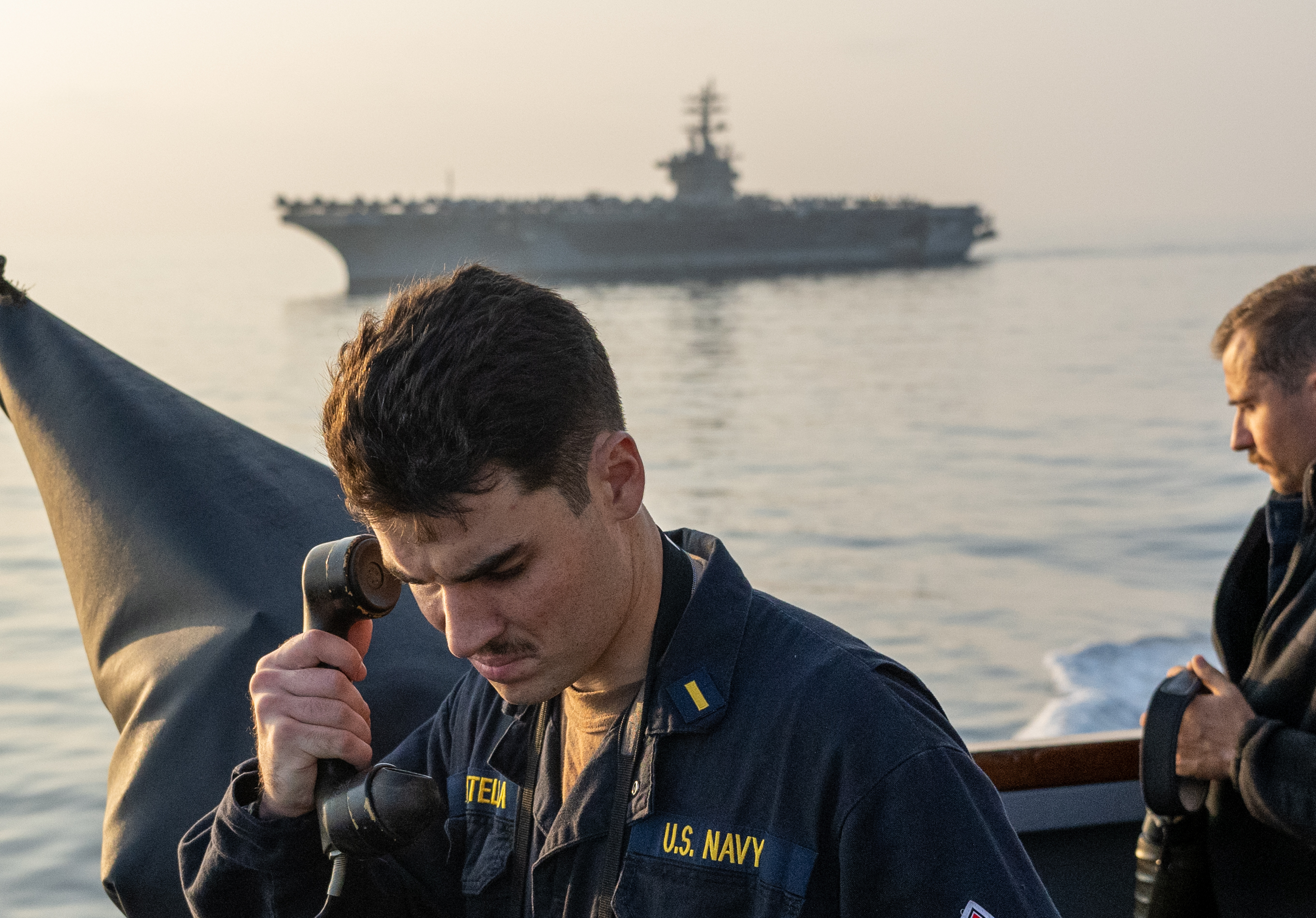
As the U.S. Navy’s requirements and engineering communities look at upcoming ship classes and attempt to build in flexibility, they first need to decide what it means to be a “flexible ship” and how much to prioritize that flexibility, one admiral said.
During a panel at the American Society of Naval Engineers’ ASNE Day 2015, Rear Adm. Bryant Fuller, chief engineer for Naval Sea Systems Command (NAVSEA), said it is important to decide what flexibility means to each program early on, and how much of it is needed – is there a core capability that ship class revolves around, or should it strive for ultimate flexibility, like the Danish Navy’s StanFlex system and its Iver Huitfeldt-class frigate?
Several panelists compared American ships to the Danish frigates, including panel moderator retired Vice Adm. Paul Sullivan. He said he had the chance to see the ships up close last fall and was impressed.
The Danish navy took its Absalon-class support ship hull design and reconfigured it to include a 76mm gun. Both the support ship and the frigate subscribe to the Danish navy’s StanFlex modular mission payload system, which Sullivan said allowed the navy to put legacy weapons systems on the Iver Huitfeldt-class instead of having to develop new systems right away, like the Navy did with the Littoral Combat Ship.
“The StanFlex buzz was you could put the new gun in and 24 hours later you’re ready to go to sea,” he added.
This ultra-flexible system may not sound like it would be relevant to some American ship classes, such as cruisers and destroyers, but Capt. Thomas Halvorson, deputy director of the Navy’s surface warfare directorate for Ballistic Missile Defense, Aegis and Destroyers, said there were still lessons to be drawn for future surface combatants.
Halvorson said the Aegis Baseline 9 upgrade effort had been a great accomplishment for the Navy’s cruiser fleet, but it was also a work-intensive accomplishment. A more flexible ship design could allow the Navy to upgrade the computers on a future surface combatant more routinely, rather than having to wait for a massive midlife upgrade.
“One of the other ideas I heard [the Danes] talk about, Adm. Sullivan, was they can change out the computer program completely in 90 days,” Halvorson said. “We all have a little bit of a part to play in the two-year upgrade that involves ripping out pieces massive pieces of ship infrastructure to change out every server in the room. We need to get closer to that Dane mentality.”
Also during the panel, Program Executive Officer for Ships Rear Adm. David Gale explained the importance of building in enough flexibility from the beginning of a program. With the Mobile Landing Platform design being used as the basis of the Afloat Forward Staging Base design, the latter ship only has as much flexibility in it as the former – which in this case is a lot of flexibility. Gale praised the AFSB team for achieving “80 percent of the requirement for 50 percent of the cost by just going to MLP and adding an aviation capability to the ship.”
In fact, the ship design has so much flexibility and extra margins built into it that Gale said, “in aviation and in [special operations] warfare areas, we’re already writing change documents to improve these ships.”





